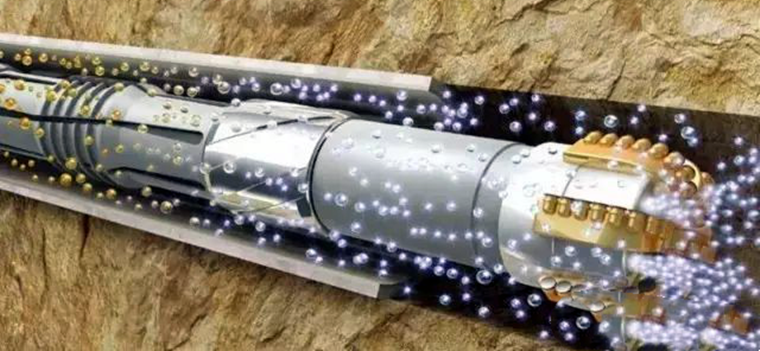Polyanionic cellulose (PAC) has important applications in oil drilling.
There are some differences in the uses of high-viscosity and low-viscosity polyanionic cellulose.
High viscosity polyanionic cellulose has the following main uses in oil drilling:
Increase mud viscosity: Help stabilize the well wall, prevent well wall collapse, and provide good wall protection during the drilling process.
Improve the sand-carrying capacity of the mud: enable the mud to carry cuttings more effectively and keep the bottom of the well clean.
Enhance the suspension stability of mud: prevent the precipitation of solid particles and ensure the stability of drilling fluid performance.
Low viscosity polyanionic cellulose also plays an important role in oil drilling:
Improve mud rheology: Make mud easier to pump and circulate, improving drilling efficiency.
Acts as a fluid loss reducer: reduces the loss of mud filtrate and maintains the stability of the well wall.
Synergy with other treatment agents: better adjust mud properties to meet the needs of different drilling conditions.
Generally speaking, high-viscosity polyanionic cellulose focuses on enhancing the wall protection and sand-carrying capabilities of the mud, while low-viscosity polyanionic cellulose focuses more on improving the rheology and fluid loss reduction performance of the mud. The two cooperate with each other in oil drilling to ensure the smooth progress of drilling operations.
It should be noted that in actual applications, high-viscosity or low-viscosity polyanionic cellulose should be reasonably selected and used according to specific drilling conditions and requirements to achieve the best drilling effect.
